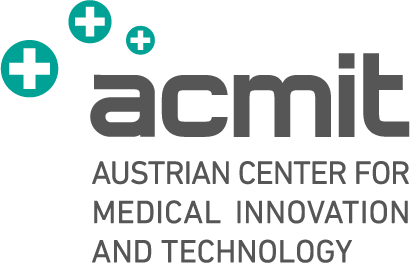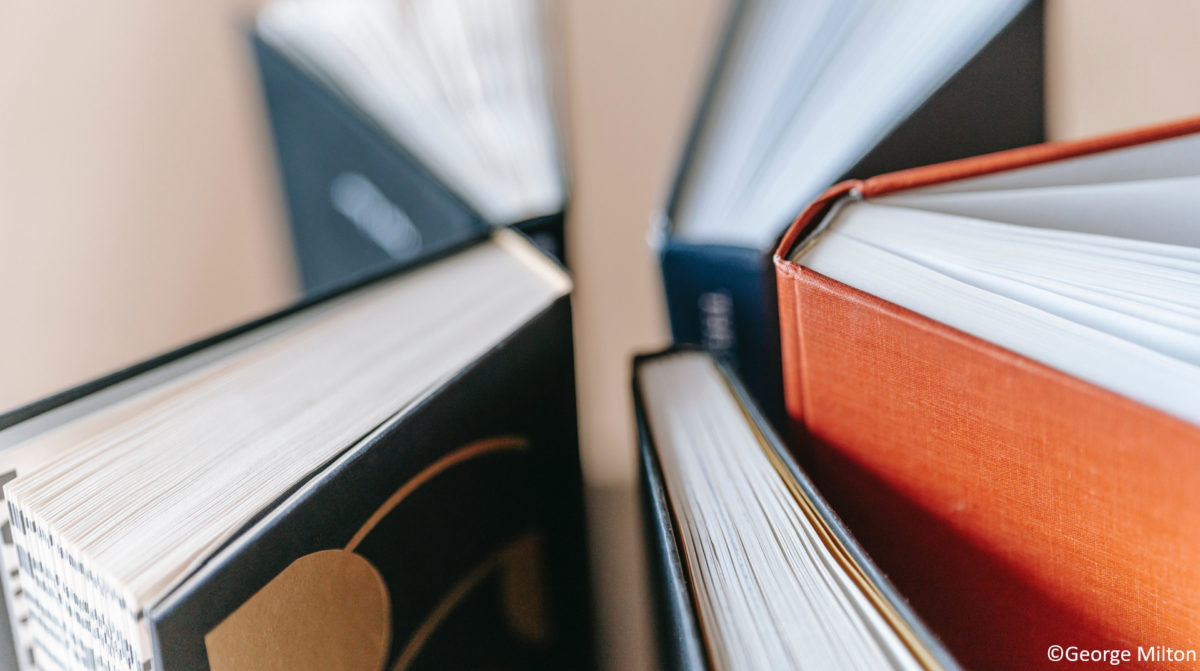Precise instrument placement plays a critical role in all interventional procedures, especially percutaneous procedures such as needle biopsies, to achieve successful tumor targeting and increased diagnostic accuracy. C-arm cone beam computed tomography (CBCT) has the potential to precisely visualize the anatomy in direct vicinity of the needle and evaluate the adequacy of needle placement during the intervention, allowing for instantaneous adjustment in case of misplacement. However, even with the most advanced C-arm CBCT devices, it can be difficult to identify the exact needle position on CBCT images due to the strong metal artifacts around the needle. In this research, we proposed a framework for customized source-detector trajectory design in CBCT imaging based on Prior Image Constrained Compressed Sensing (PICCS) reconstruction with the goal of reducing metal artifacts in needle-based procedures. We proposed to optimize out-of-plane rotations in three-dimensional (3D) space and minimize projection views while reducing metal artifacts at specific volume of interests (VOIs). An anthropomorphic thorax phantom with a needle inserted inside and two tumor models as the imaging targets were used to validate the proposed approach. Our results showed that the proposed optimized trajectories not only significantly reduce metal artifacts but also suggest a dose reduction for needle based CBCT interventions, considering the small number of projections used. Furthermore, our results showed that the optimized trajectories are compatible with spatially constrained situations and enable CBCT imaging under kinematic constraints when the standard circular trajectory is not feasible.
For more information, please visit:


